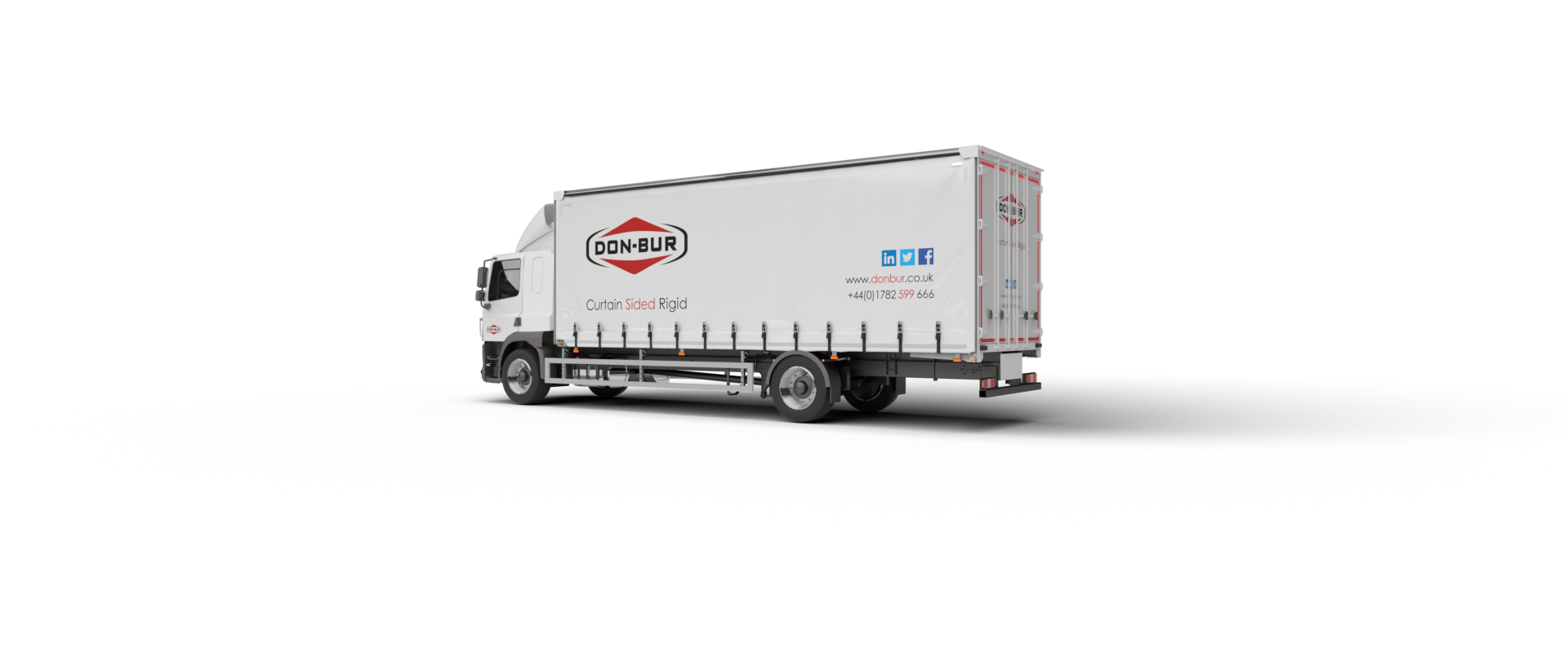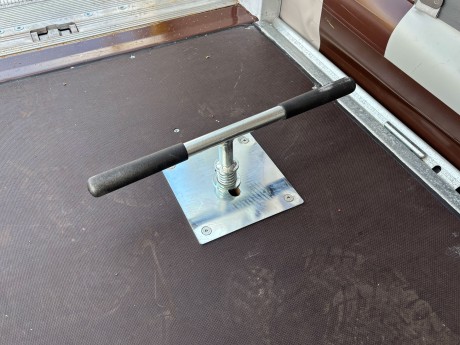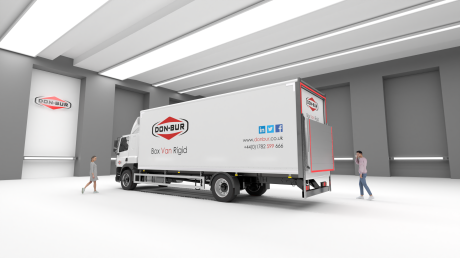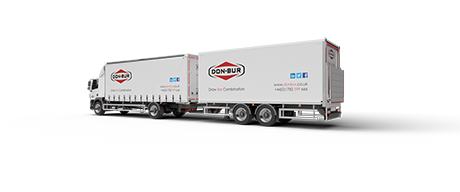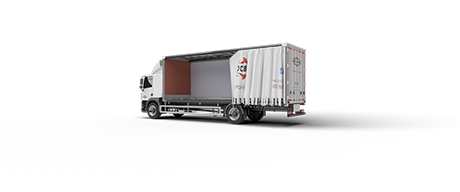A rigid HGV (Heavy Goods Vehicle) is a large, non-articulated truck where the cargo-carrying body is permanently attached to the chassis. This means that the vehicle does not have a separate trailer that can be detached, unlike articulated HGVs. Rigid HGVs are commonly used for local and regional deliveries, as they are more maneuverable than articulated HGVs and can access smaller delivery areas.
Key characteristics of rigid HGVs:
-
Non-articulated: The body and chassis are fixed together, forming a single unit.
-
Cargo-carrying body: The body is designed to transport goods, ranging from small items to large pallets.
-
Variety of sizes: Rigid HGVs come in different sizes, from small vans to large trucks with multiple axles.
-
Common applications: Local and regional deliveries, construction, waste disposal, and agriculture.
Advantages of rigid HGVs:
-
Maneuverable: Easier to navigate in tight spaces and urban areas.
-
Versatility: Can handle a variety of goods and tasks.
-
Fuel-efficient: Suitable for shorter distances and smaller loads.
-
Lower operating costs: Generally less expensive to maintain than articulated HGVs.
Disadvantages of rigid HGVs:
-
Limited load capacity: Cannot carry as much cargo as articulated HGVs.
-
Restricted access: May not be able to access certain delivery locations due to size limitations.
-
Reduced maneuverability at high speeds: Requires more careful maneuvering on highways.
Overall, rigid HGVs are a versatile and essential part of the transportation industry, providing efficient and cost-effective solutions for a wide range of goods and delivery needs.
We’d love to hear from you – get in touch today!

